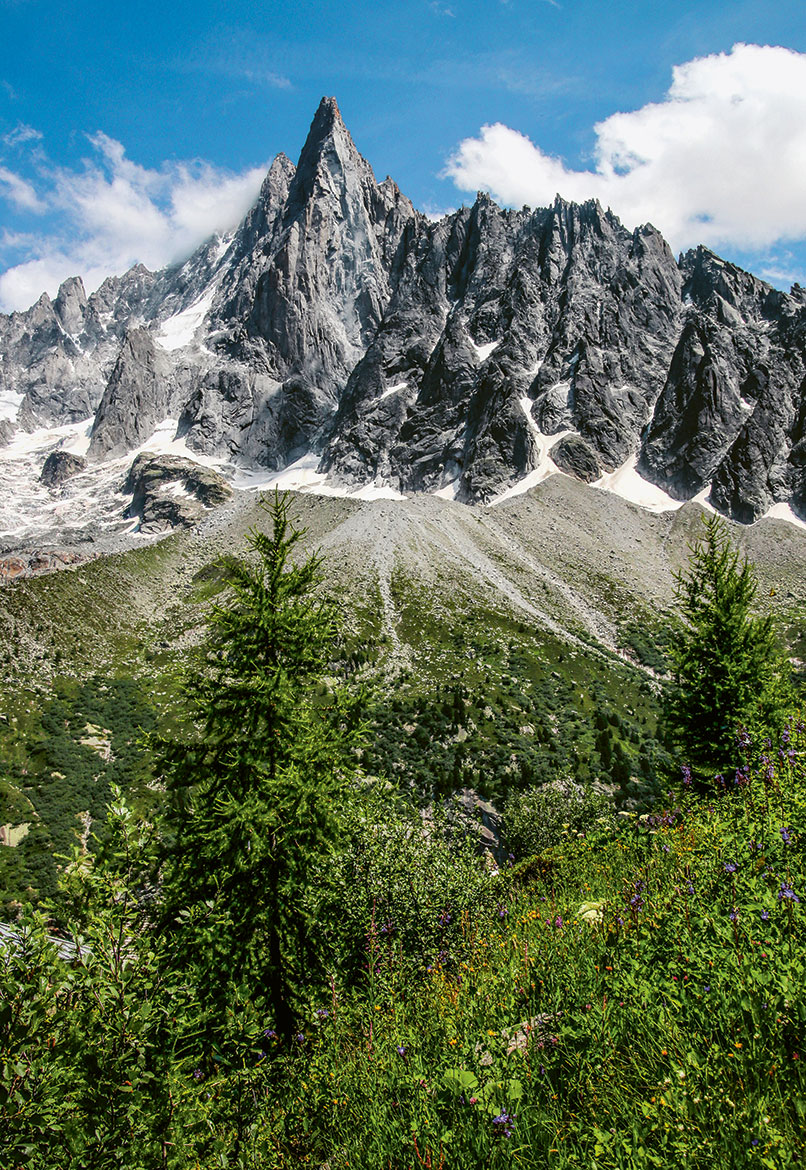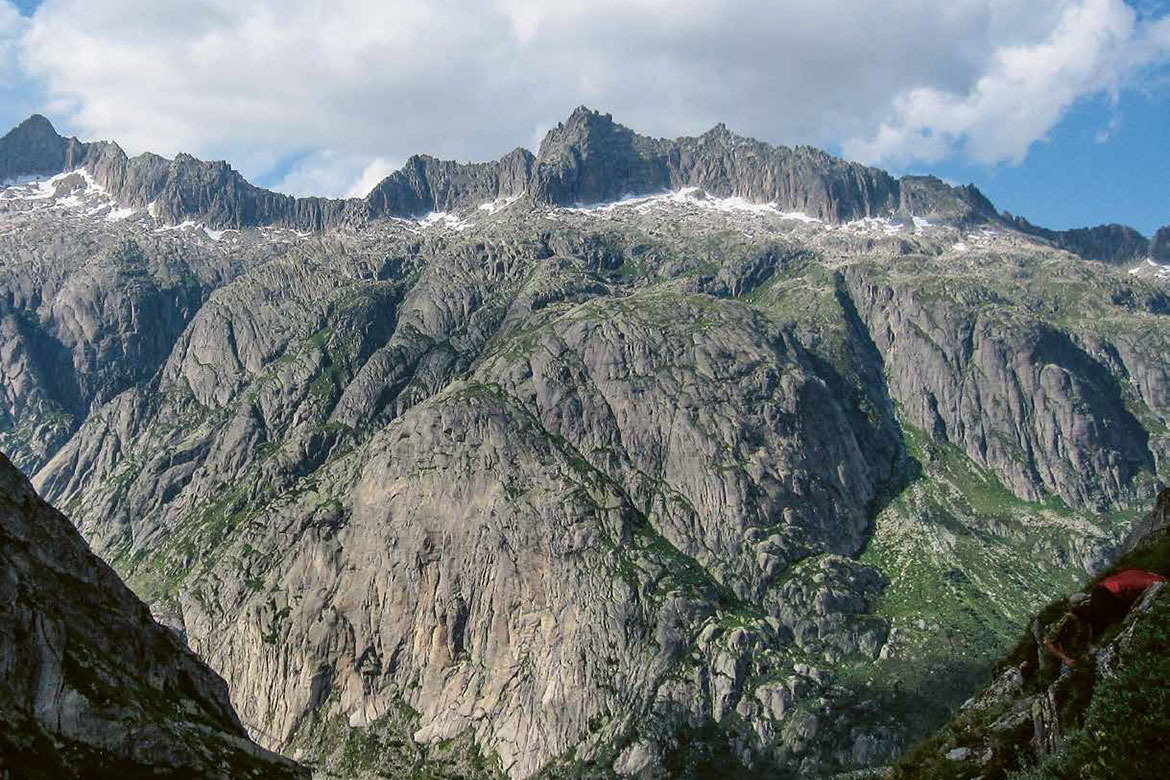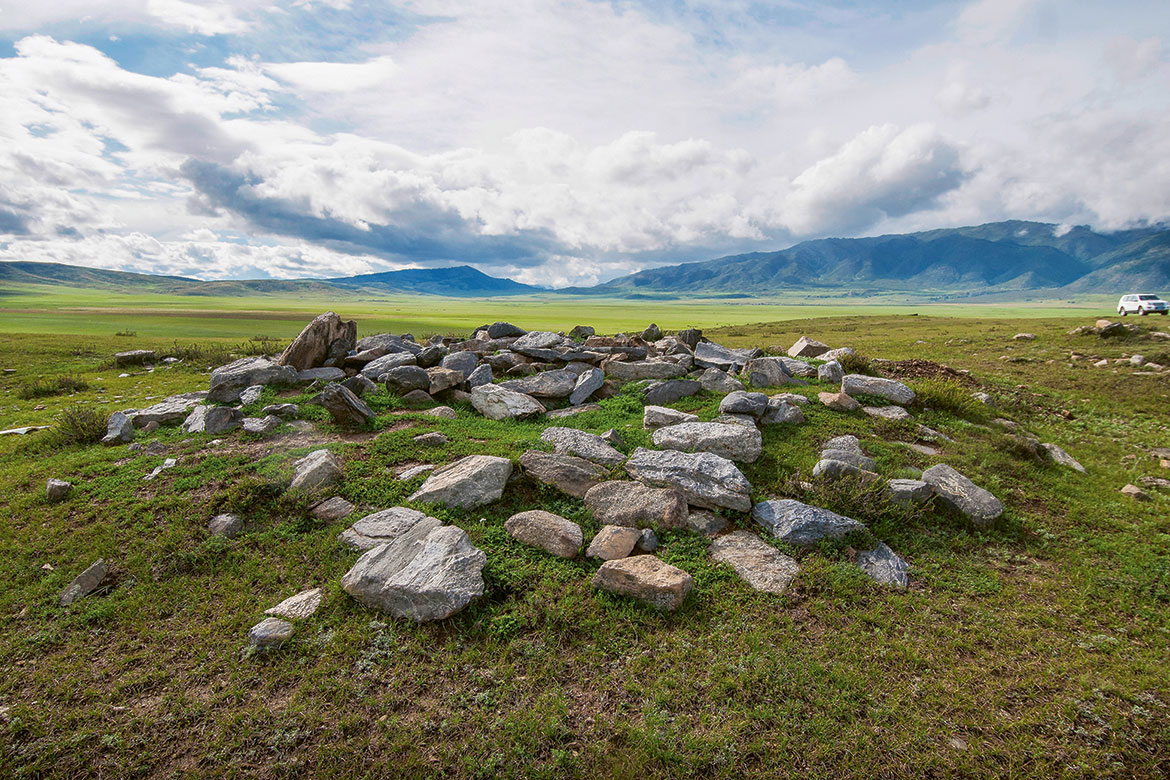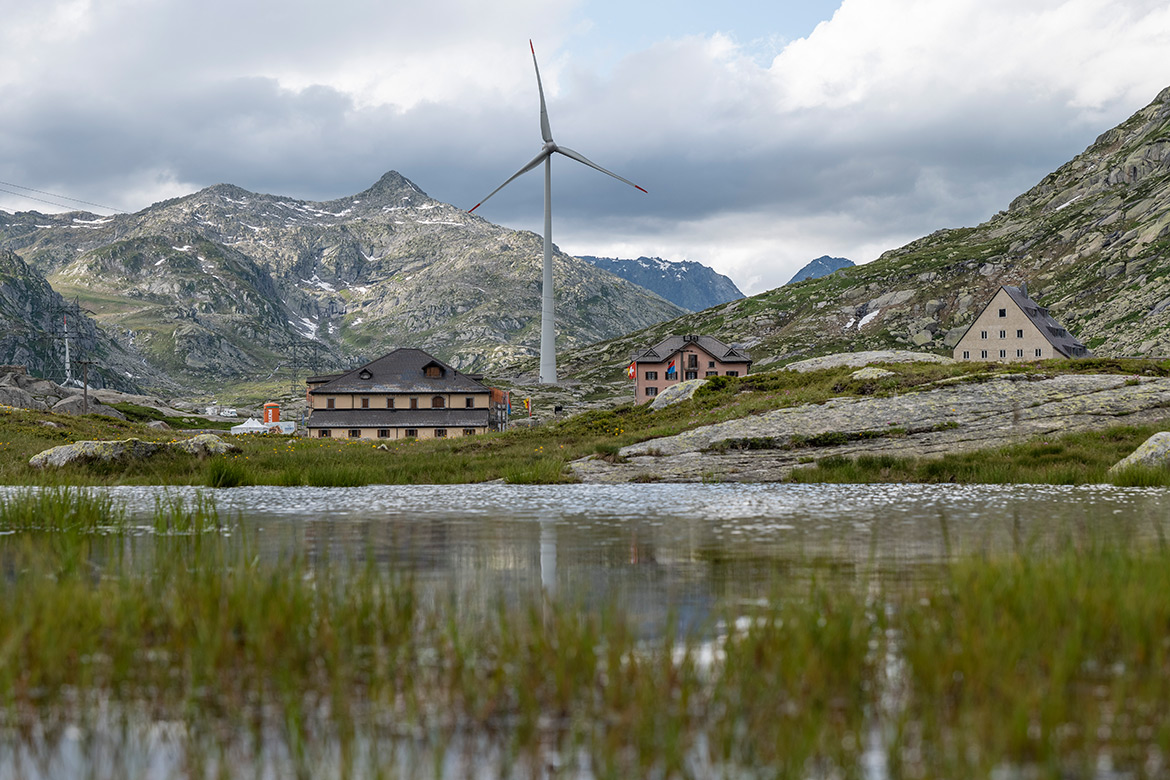ALPS
When mountains collapse
For 70 years, landslides have been occurring on the Petit Dru in France’s Mont Blanc massif. In order to understand the cause better, specialists are scanning the mountain.

Climbing here is not advised. The west face of the Petit Dru in Chamonix reveals the light-grey scars of assorted landslides. | Image: Guillaume Baviere
In late June 2005 in Chamonix, France, there was a sudden change to the view of the Mont-Blanc massif. It was caused by a collapse of part of the Petit Dru, particularly the disappearance from its west face of the Bonatti pillar, an Alpine wall that was well known to climbers.
In fact, landslides have been regular events on the Petit Dru since the 1950s. But in light of the scale of the 2005 collapse – 300,000 cubic metres of rock – it was finally time for detailed scientific monitoring to start. Every autumn from October 2005 to September 2016, the University of Lausanne scanned the rock face using a laser. The aim was to characterise the structure of the massif and its fractures and thereby to locate unstable rock masses. Throughout that same period, all landslides were recorded (there were more than 300). “It was a Benedictine task”, says the project’s manager Michel Jaboyedoff, an environmental risk specialist at the University of Lausanne.
“This detailed monitoring has enabled us to highlight the cyclical nature of landslides”, says Antoine Guérin, who is in charge of the surveys. After the major event in 2005, the landslides gradually became more frequent and then less frequent, before becoming more frequent and more significant again, leading to a major landslide in 2011. Then, once more, the frequency and volume decreased. “It’s an important discovery, if this cyclical pattern is confirmed elsewhere. It might mean we can predict large-scale collapses”, says Guérin.
When the ‘glue’ of the Alps melts
For Christian Huggel, a geographer at the University of Zurich and a specialist in climate risks in the mountains, the study is a valuable source of information. “It shows that erosion has accelerated in recent decades, probably in connection with global warming, the retreat of glaciers and the melting of permafrost. We have seen this at other sites in the Alps, for example on Italy’s Monte Rosa. It’s possible that in the future, other steep areas will see increased instability”.
The health of the permafrost is indeed a cause for concern. This ice, which lurks in rocky crevices, is starting to melt at higher and higher altitudes, allowing water to infiltrate to great depths. Marcia Phillips, a geographer and the head of the research group on permafrost at the Institute for Snow and Avalanche Research (SLF), has this to say: “We are trying to record all landslides in the Swiss Alps. Large events – many tens of thousands of cubic metres – are precisely recorded by the Swiss Seismological Service. The smaller ones are reported to us by hikers and helicopter pilots, but there is a certain bias, because there are more people in the mountains at some times than at others”.
Under these conditions, it is difficult to establish precise statistics on events. However, Phillips points out: “Small and medium-sized events often seem to be linked to the thawing of the permafrost in summer. However, the causes of larger events are still not well known. It is possible that the water, by seeping into the mountain faults, causes pressure and fractures. Hence, if we are to prevent risks, it’s important to know more about the internal structure of the mountain, as is now the case with the Petit Dru massif”.




